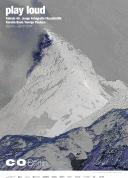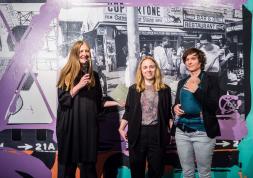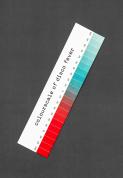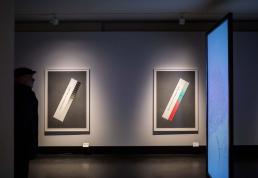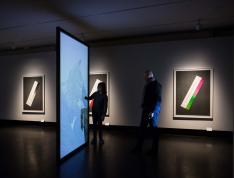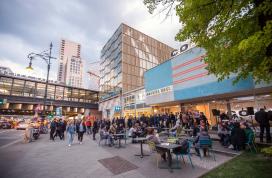Play loud
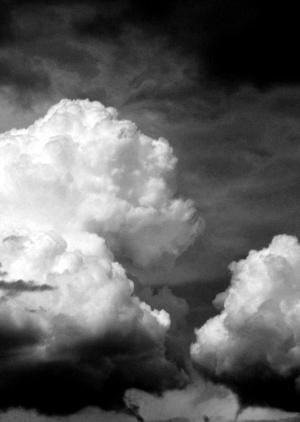
“Stacking time in layers, putting it together in unfamiliar ways creates spaces for something new to emerge… I want to capture these interstices.” Karolin Back
Mountains, clouds, and oceans: they’re the subject of thousands of pictures on postcards, in photo albums, and on the Internet. This is precisely the reason Karolin Back uses them as the starting point for her work. By carefully examining, dissecting, and rearranging these pictures, she creates images that have almost nothing to do with their original real-life subject matter. The resulting works offer altogether new “projection screens” that evoke confusion and force the viewer to reflect and question familiar ways of seeing, thereby playfully breaking perceptual patterns.
In the installation What is a second when the world stands beside it?, Karolin Back addresses the tension between the static moment and the passage of time. Her point of departure is an image of the Matterhorn, perhaps the most famous peak in the Alps. But the work is not about the Matterhorn itself; nor does it document a trip there—rather, it is about the representation of time. By superimposing photography and video, the artist stacks distinct temporal layers. The moment is frozen in photography, forming an antithesis to the passage of time in film. By linking the two components—stasis and change—the artist creates new images dealing with temporal interstices and challenging and deconstructing familiar structures of representation.
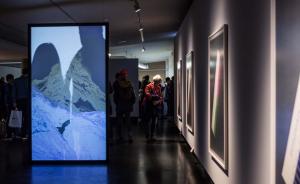
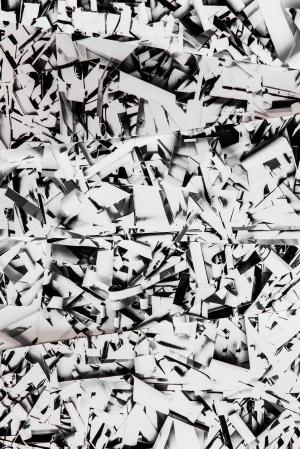
While we can still make out the picture of a mountain in the Matterhorn installation, it is almost impossible to determine what the original subject matter was for the images in the series Shut up and play. In multilayered work processes, the artist folds, tears, wads up, or shreds the original photographic material, photographs it again, reprints the resulting images, and starts the entire process again. In this way, she creates photographic objects that are returned to their original flat form—pictures that are sculptural and spatial, but that still render the two-dimensional surface of the image visually tangible. In this way, the artist navigates between photography and reality, abstraction and the concrete object.
C/O Berlin is presenting the work of Karolin Back in the context of the exhibition Extended Photography. She is an artist whose work reflects on the expansion of the photographic medium and looks beyond photographic reality to illuminate temporal perception and media intervention.
Karolin Back
(b. 1980) lives and works in Stuttgart. She completed a degree in art at the Offenbach University of Art and Design in 2013. Prior to that, she worked as a freelance photographer and photographer’s assistant in Hamburg, completed an apprenticeship in carpentry, and studied design for the trade sector. She has been the recipient of numerous grants and awards, including gute aussichten. junge deutsche fotografie (2014/15) and the Deutsche Börse und HfG Fotoförderpreis (2012). Her works have been shown in numerous solo and group exhibitions since 2008, in cities including Frankfurt, Hamburg, Berlin, New York, Mexico City, Nicosia, and Tallinn.
Svenja Paulsen
(b. 1988) lives and works in London and Berlin. She studied social sciences and media cultural analysis in Berlin and Düsseldorf and completed training as a photo editor at the Ostkreuzschule für Fotografie in Berlin. She is currently a fellowship holder in the “Museum Curators for Photography” program of the Alfried Krupp von Bohlen and Halbach Foundation at the Victoria and Albert Museum in London.
